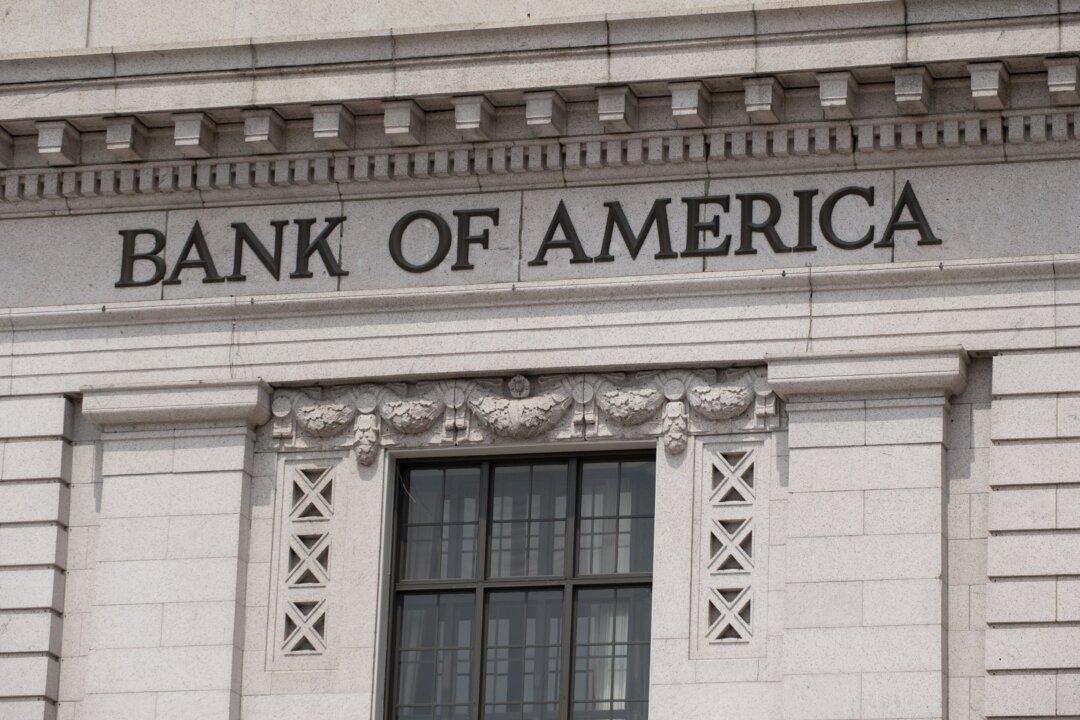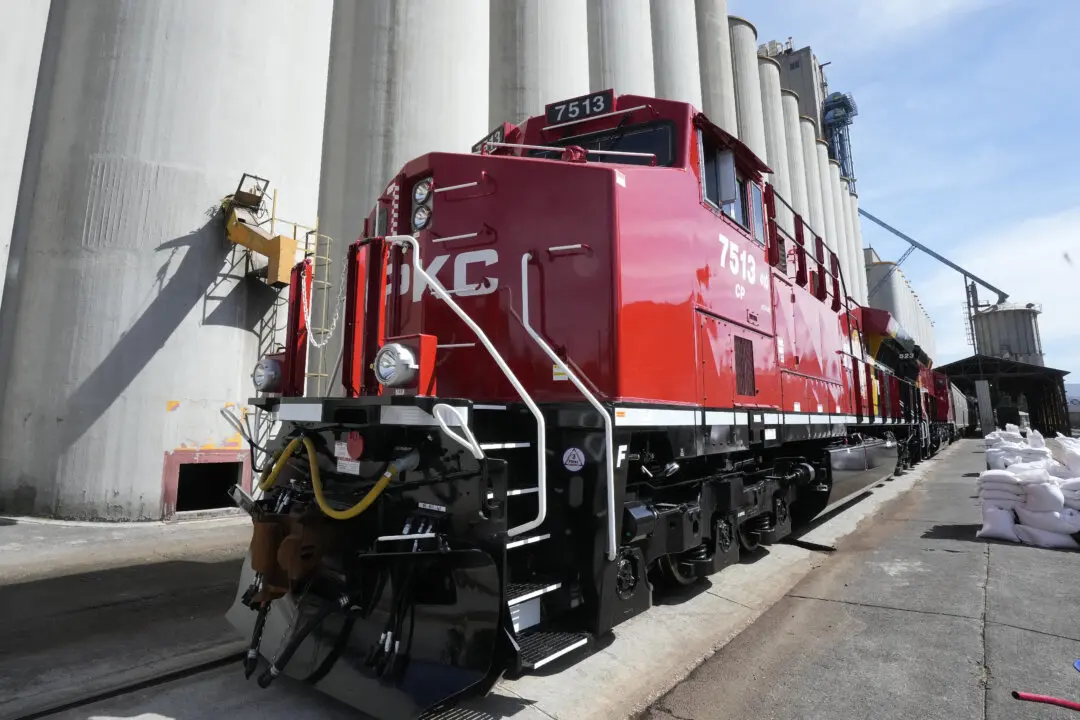Multiple investment banks have raised their crude oil price forecasts for the year, indicating a delayed respite from high prices.
Bank of America analyst Paul Ciana pointed out in a note that West Texas Intermediate (WTI) oil has been trending bullish of late, suggesting that prices might move higher. WTI oil rose to $130 per barrel in March, after which it cooled down. However, prices are now rising, which indicates that oil now has momentum behind it, he said.





